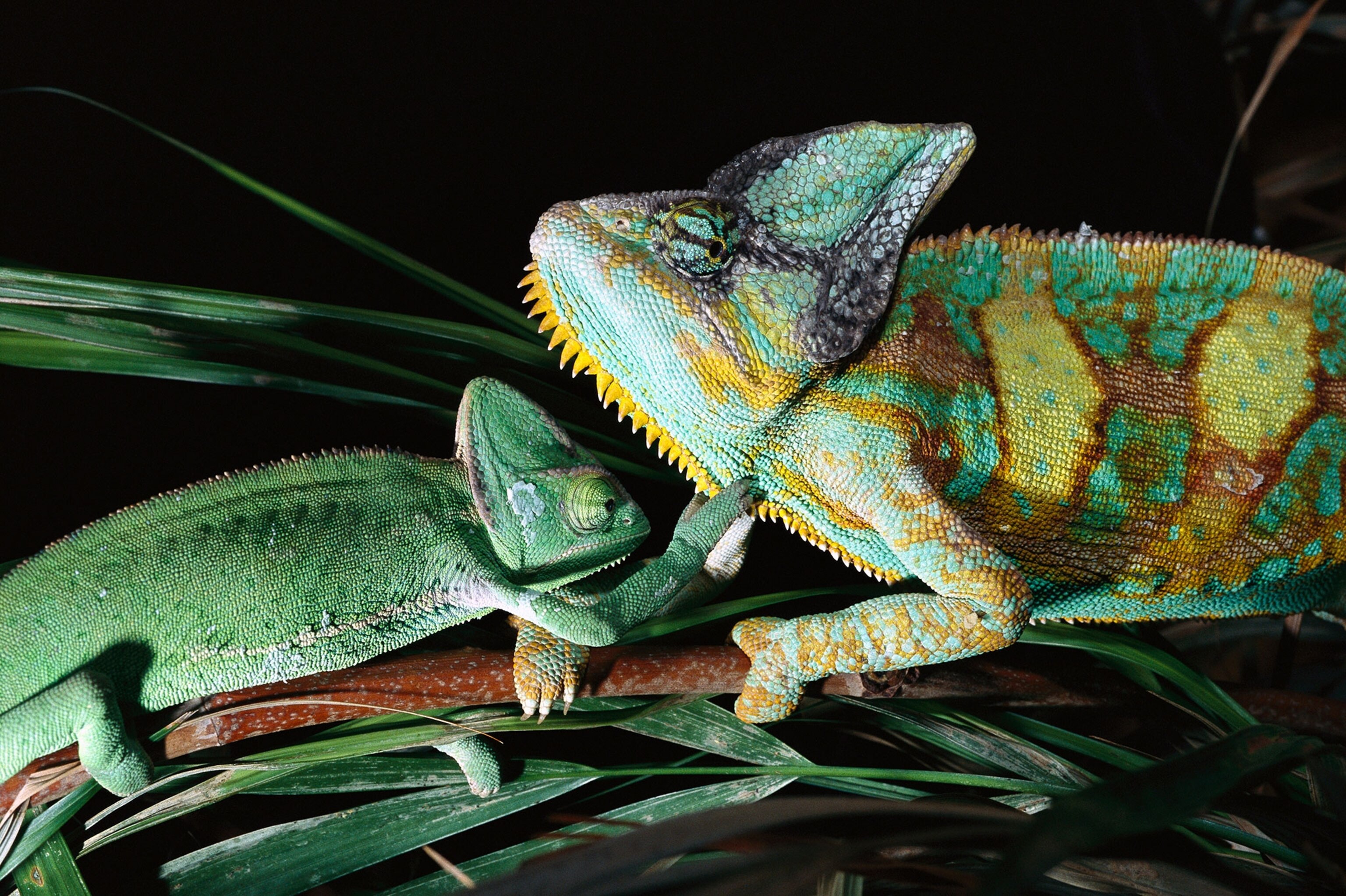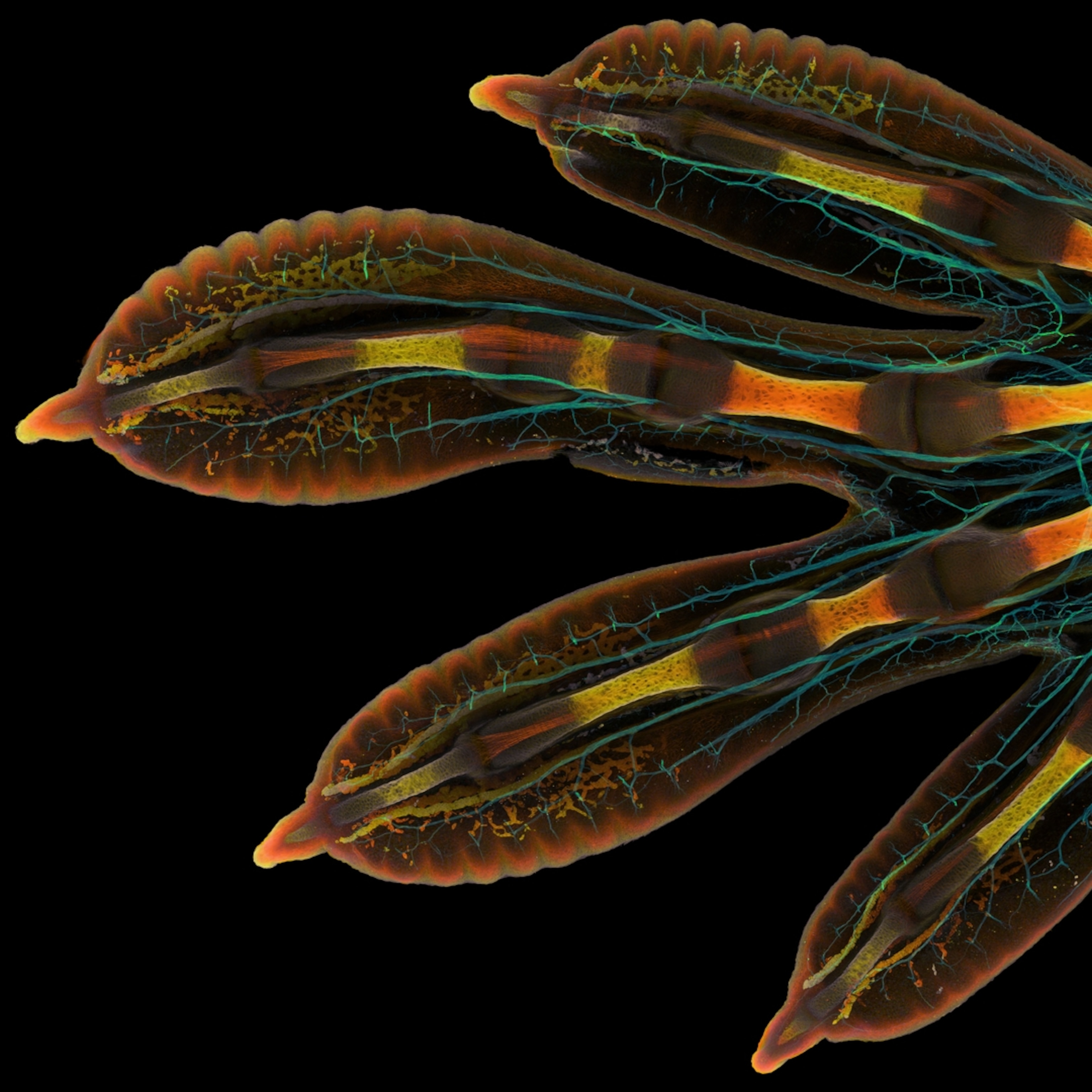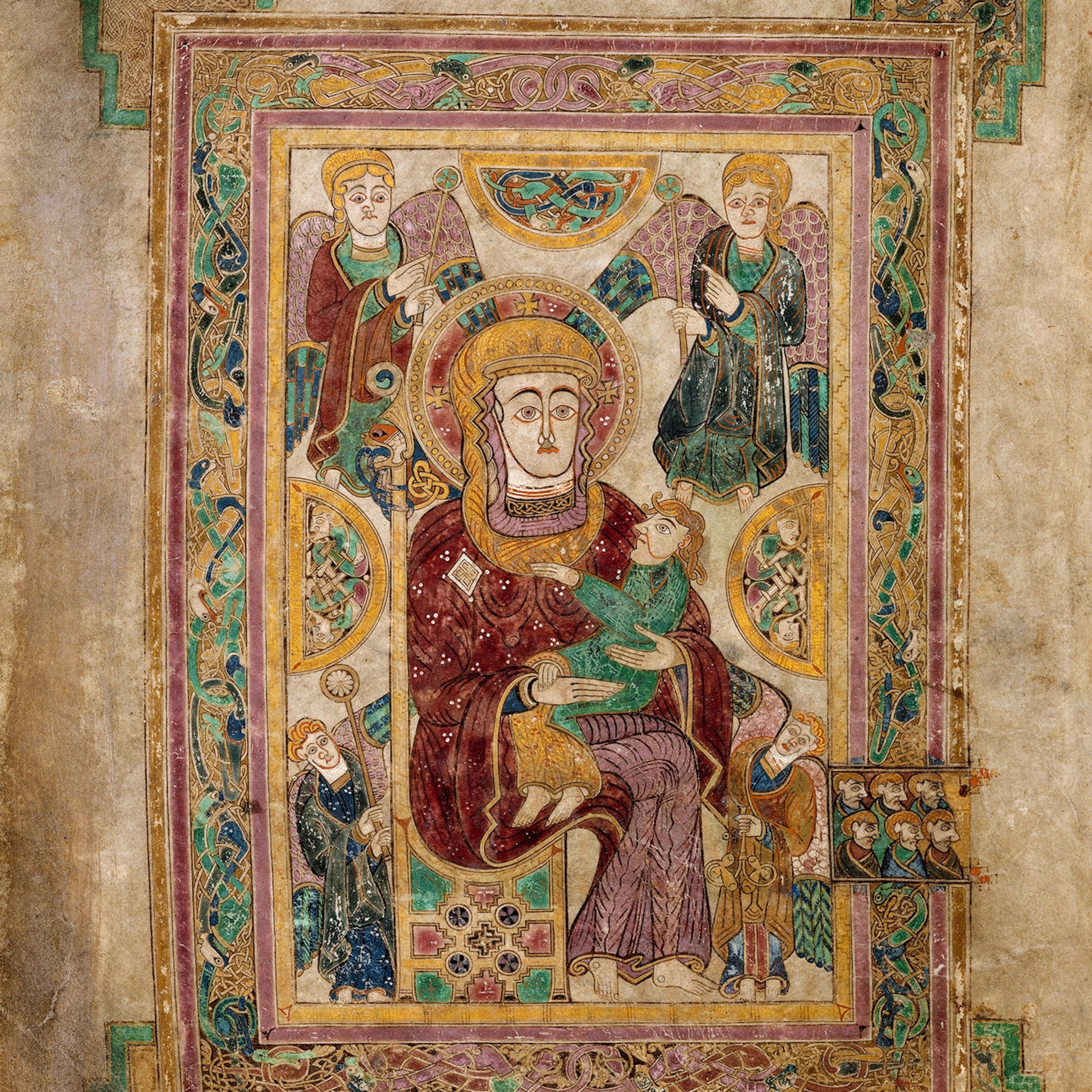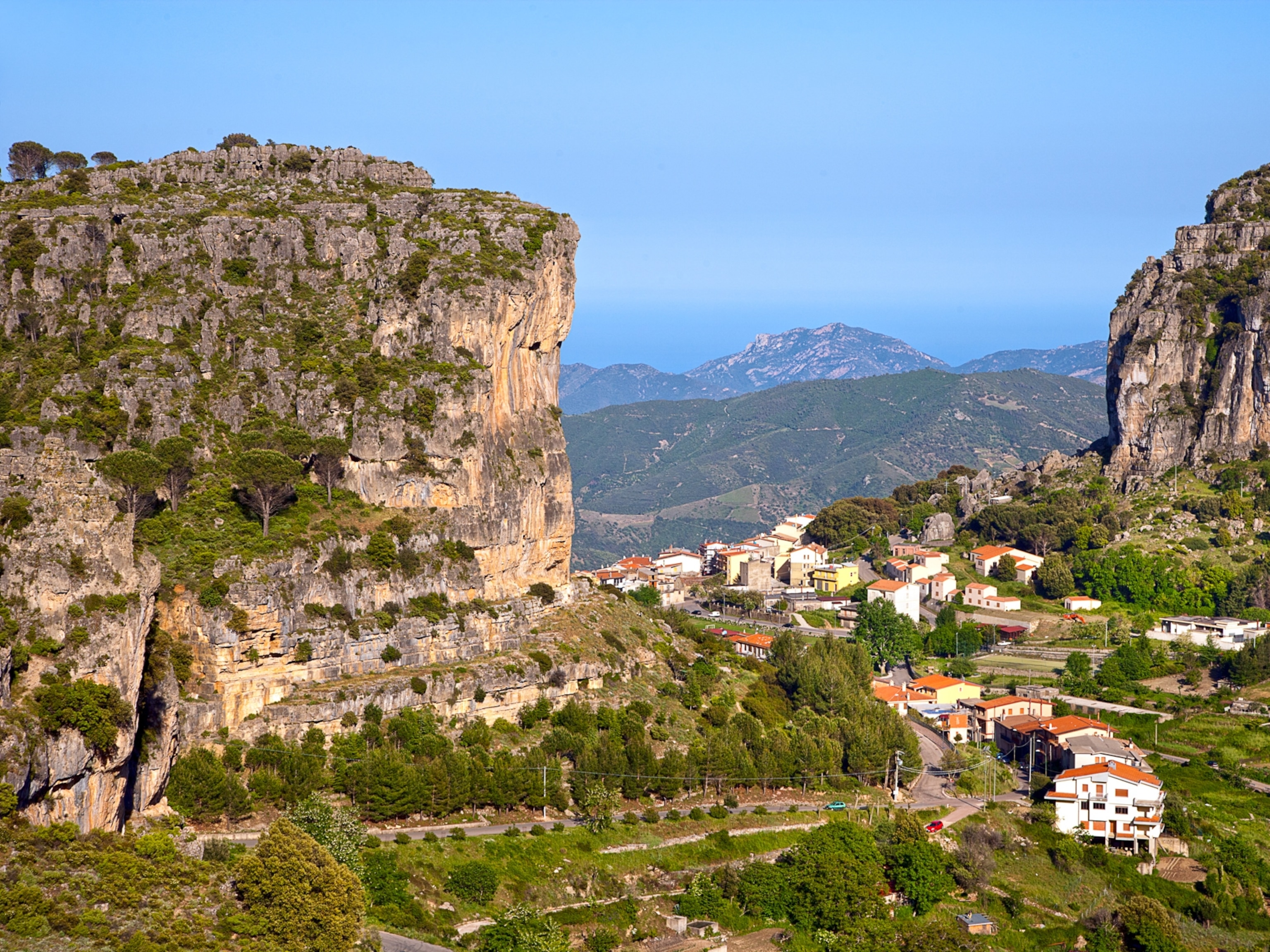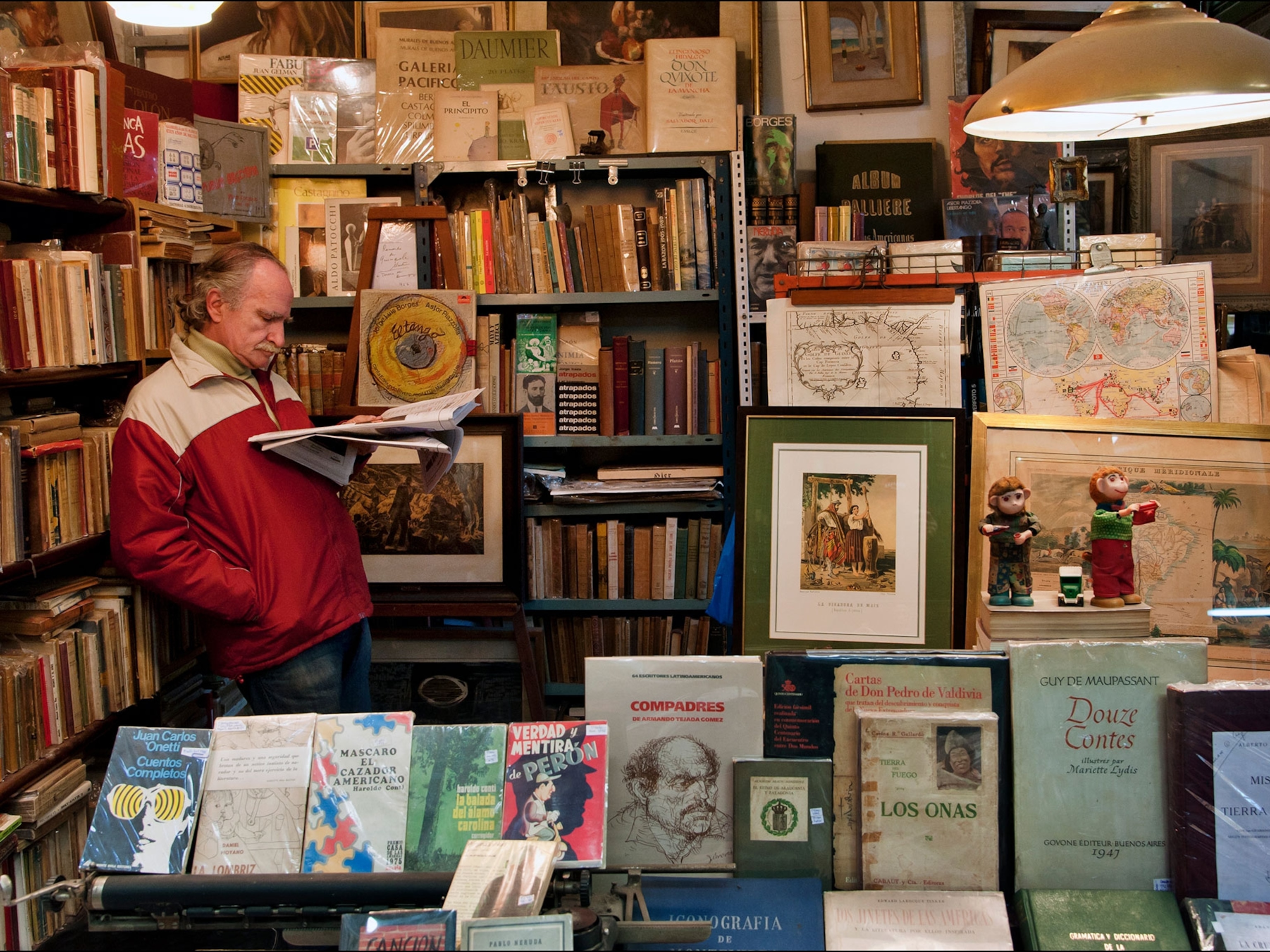What familiar herb is also an ancient cure for indigestion? How long after the Big Bang did stars first light up? When did soccer become an Olympic sport? National Geographic’s Almanac 2019 is packed with answers to questions like these, inviting readers to dive deep into a wide range of subjects, from fossils to first ladies to food.

The almanac—aimed at both children and adults—is organized across seven sections, each of which encompasses several chapters that explore a topic through photography, infographics, maps, and storytelling. The sections, with headings such as “The Science of Us,” “Life on Earth,” and “Yesterday to Tomorrow,” begin with a series of trivia questions that serve as clues in a treasure hunt, prompting readers to find the answers. (Test your knowledge with these quizzes from the National Geographic Almanac.)
Cara Santa Maria, a correspondent for the National Geographic television show, Explorer, was one of the many people involved in putting together the book. From her car in southern California, she talks about how she “hosts” a book, the weirdest thing she learned, and why she’s called the “quizmaster.”
(And speaking of answers, the name of the herb that relieves indigestion? Dill.)
You have a pretty eclectic career. Describe what you do.
My background is psychology but also neuroscience. I’m a science communicator. Science journalist is also correct but I’ve also done a lot of television work. Lately I spend a lot of time podcasting because it suits me with my newest venture, which is going back to school to finish my PhD in clinical psychology. And the great thing about podcasting is you don’t have to wear pants.
How did you come to be involved with this almanac?
I’ve been working with National Geographic for many years. Most recently, I co-hosted a live play-by-play of the total solar eclipse in Oregon and I cried on air. It was really fun. When the almanac was first being planned, the books team reached out to me and asked me if I wanted to be involved and it was an immediate “yes.”

It feels a bit like you are our host throughout the book. How would you describe your role?
It’s interesting, right? I wrote the foreword, so it’s in my voice in my words. I also was involved somewhat in planning the content and the sections. I’m called the “quizmaster” because I invite the reader to explore that section, and create trivia. I’m the spokesperson for the book because there is no author—it was written by a team of incredible people. I took the role that the author would fill to help get the word out.
What would you say an almanac is for?
On the book it says something like “for all ages, from 8 to 108,” which is true. Historically National Geographic made a kid’s almanac, and this one is more grown up, but at the same time it’s still really good for kids. I think that this book can be read on multiple layers. It can be a coffee table book, or something that you read from cover to cover, and I love that about it. There are so many pages in this book, you could read a page a day and it would take you more than a year to finish it. It’s stunning, all pages teach you something about our place in the universe. It’s accessible and entertaining but also educational.
In this almanac, each section begins with a “quizmaster” page. Can you talk about how you put these together, and why they enrich the reader’s experience?
The quizzes help orient you because topically we’re switching gears. The trivia questions vary in difficulty and I give you the little hint about what page you can find the answers on. The quizzes give you a sense of the book’s depth and breadth. It “game-ifies” the reading of the book a little bit.
Of the almanac’s six sections, which was your favorite?
My favorite section is “The Science of Us.” There’s a great infographic depicting the timeline of human evolution as well as one that dives deep into the brain. I’ve always been fascinated by humankind’s unique place in the cosmos, including the relationship between our bodies and our minds.
You write in your forward that you’ve long been interested in the human brain and “its untold mysteries.”
I’ve always been really interested in what makes us us—this sense of self and this sense of identity. We are a self-reflective species, and as far as we know we are the only species that can utilize meta cognition, which means thinking about thinking. We’re not so sure that cats and dogs, et cetera, think about the fact that they think. I think some of it is contingent on language, culture, poetry, music. It’s such a fascinating phenomenon and an honor and a privilege to have that.
What are some of the weirdest things you learned while putting together this almanac? What made you laugh, or surprised you?
Chameleons are super weird and equally cool. There’s a wonderful infographic about how chameleons change colors that you don’t want to miss. In addition, I was surprised to learn all about Alex Honnold, the first person ever to free solo Yosemite’s El Capitan.
This almanac is full of incredible photos, infographics, stories and more. Is there one part in particular you want to highlight?
Towards the end of the “Our World” section, there is a beautiful series of maps that make you think about the planet in a whole new way. From global temperature to humankind’s impact on nature, these maps tell a story about Earth that will remind us how interconnected we all really are.
Why was working on this almanac important to you?
I think that at its very core science communication is really fundamental and important in order for humanity to thrive. Any opportunity I have to be involved in science communication is important to me. I’m humbled because this is science communication at its most premier. It’s the height of photography—National Geographic photographers are the best in the world, and it really doesn’t disappoint in that way. It also makes a lot of information incredibly digestible. And it gives anyone with their hands on it the power to become more scientifically literate and to enjoy it. It’s the epitome of what I care about in life, of what I’m trying to do in my career.
This interview has been edited for length and clarity.
